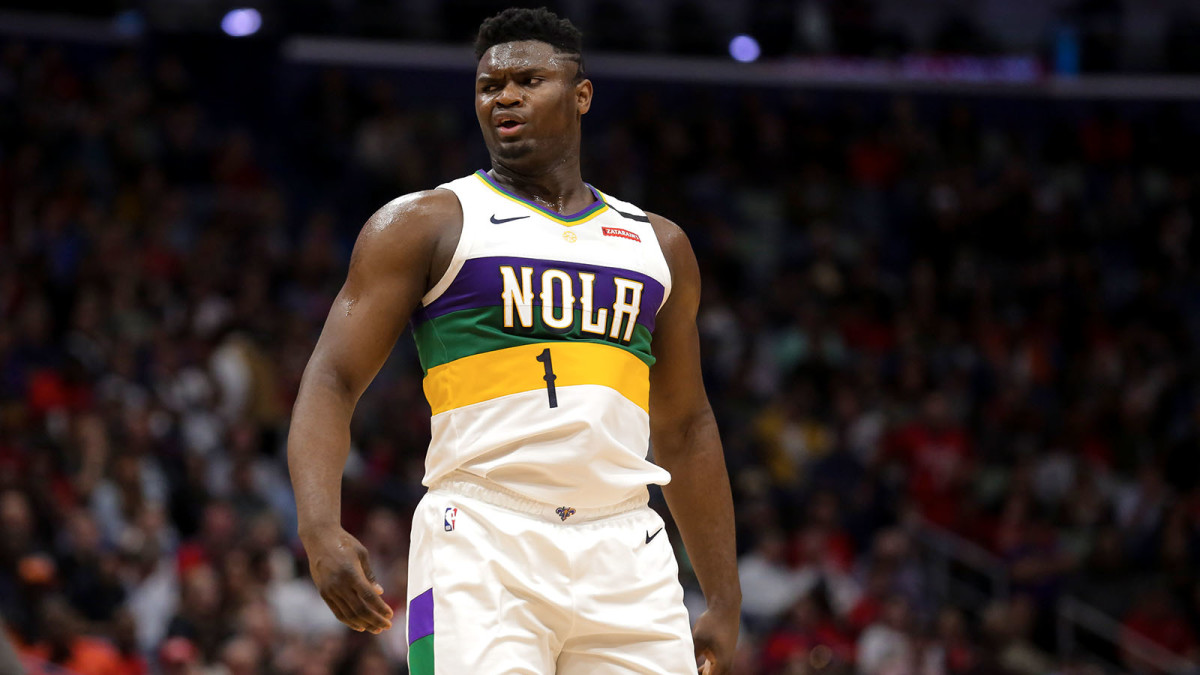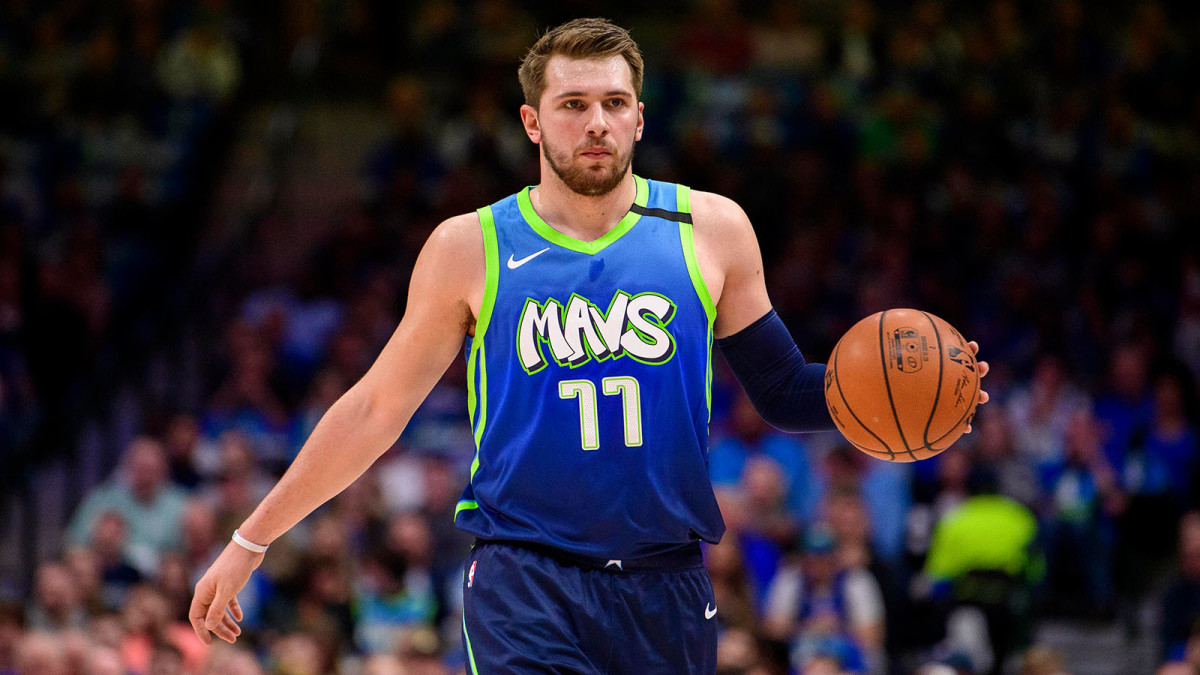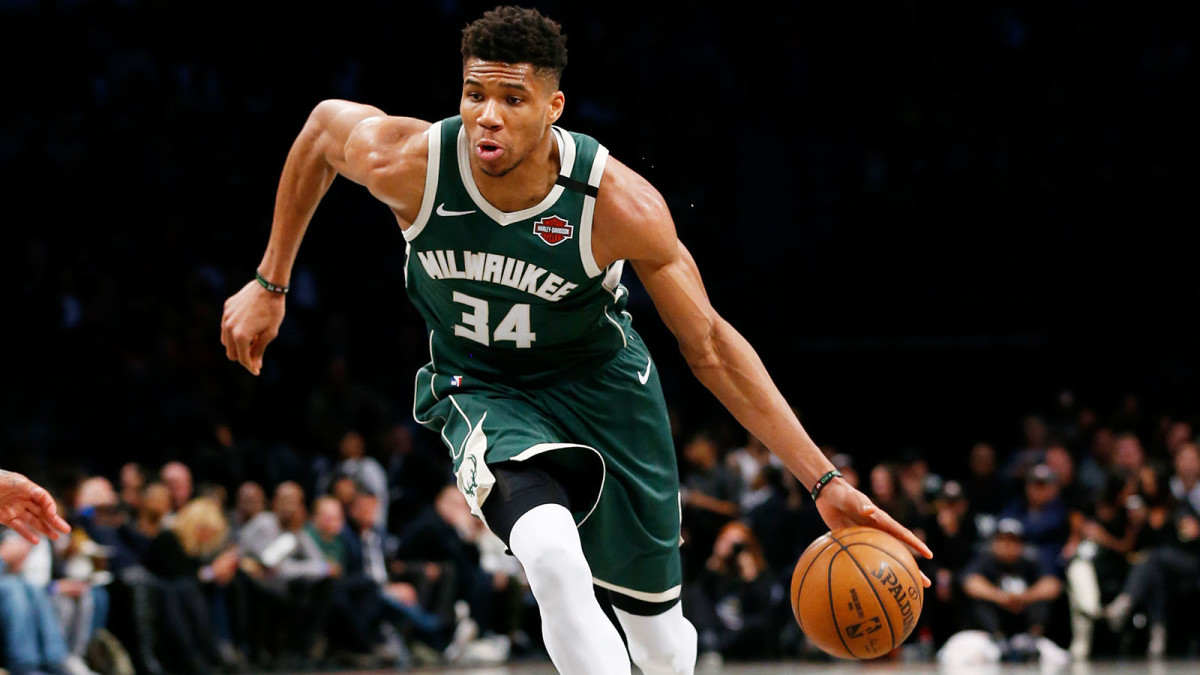Giannis, Luka or Zion: Which Player Would You Pick to Build a Franchise Around?

If the 2020 NBA regular season has revealed anything, it’s that even with some of the biggest names in the sport barely playing or not playing at all—see Stephen Curry and Kevin Durant—the NBA is still rich with young talent. Nine first-timers will be appearing in this year’s All-Star Game, with a number of other young stars such as Bradley Beal and Ja Morant having legitimate cases as to why they should have been included. But while an argument can be made that the league is still in many ways dominated by 17-year veteran NBA LeBron James, with every passing season, a subtle shift occurs. Of the many names that seem poised to dominate conversations over the next decade, there are three that fans might discuss the most: Zion Williamson, Luka Doncic and reigning 2018 MVP Giannis Antetokounmpo. All three are 25 years of age or younger, and each has different strengths. There are no wrong answers, but who would you rather build around for the next 10 years? We explore the trio.

The case for Zion
Williamson obviously has the least professional experience of the group, having logged just nine career NBA games. But heading into his first professional season the one-name prodigy had electrified fans and teammates alike for years on end. In high school, we were mesmerized by his countless rim-shocking dunks that cluttered Instagram feeds. During his one year at Duke, he made the program not only must-watch, but nearly must-love. While injuries delayed the start of his professional debut, he’s already shown flashes of why he was the most-hyped prospect since Anthony Davis.
Williamson scored 20 or more points in seven of his first nine games, doing so in a variety of ways. In his debut against the Spurs—a game flexed to national TV upon news of his return—he nailed four three-pointers, ripping off 17 straight points during a brief stretch in the fourth quarter. And while, he hasn’t made a three-pointer since, in his team’s Feb. 4 loss to Milwaukee, a game in which Williamson scored 20 points, he made 10 free throws on 14 attempts. Just Tuesday night, he made 11 free throw attempts, and converted 10 of his 17 field goal attempts en route to a career-high 31 points.
Williamson’s also notched nine or more rebounds four times and thrown crisp passes from various places on the court—whipping both darts out of the post and off the dribble. His explosive second jump—a phrase that will follow Williamson throughout the remainder of his career—is already evident as he often looks as if he’s shot out of a cannon upon landing an initial dismount.
The concerns are present where you would think they would be for a young player. For starters, he recorded four or more turnovers in four of his first nine games. Against Chicago, each of his five turnovers was a result of his pocket being picked or him losing a handle on the ball around the basket. That’s an obvious place for improvement. Health is another thing to monitor for the no-longer-invincible Williamson. He suffered a brief right knee injury at Duke and a minor knee bruise in Summer League. He had meniscus surgery on his right knee in late October and throughout his rehab, New Orleans was reportedly teaching him how to walk and run differently, “working on the kinetic chain of his body.” The timing of injuries are of course tough to predict. Health hopefully won’t be a problem throughout his long and successful career.

The case for Luka
Luka Doncic will be just 21 years old by the end of February, but he is already well on his way to an all-time-great NBA career. In his last three professional seasons, he’s won EuroLeague MVP with Real Madrid, taken home last year’s Rookie of the Year in the NBA and was named a starter in this year’s NBA All-Star Game. Despite playing an almost identical minute total per game as last season, Doncic is now taking four more shots per game, and shooting a better percentage from the field. He is attacking the rim with more confidence, now attempting nine free throws per game, up from the 6.7 he attempted last year. The result? Doncic’s scoring has increased substantiality, with him now averaging nearly 29 points per game compared with the 21 he averaged last season.
In 72 games last year, Doncic scored 30 or more points eight times. Through just 43 games of action this season, he’s scored 30 or more points 19 times. His assist numbers follow a similar trend, as he recorded double-digit assists just 11 times last season. This season he’s done that 18 times. The former No. 3 pick in the 2018 NBA draft seems poised to take home an MVP trophy sooner than later. Plus it’s already clear that his presence will lift his those around him and make his team more successful as the Mavericks sit just two games out of the No. 5 seed in the Western Conference.
Doncic’s three-point shooting is still a place for major improvement, as despite his countless highlight-reel step-backs, he’s shooting just 32% percent from behind the arc. Like in the case of many young guards, his turnovers can also be cut down. Unlike with young LeBron James and young Kevin Durant, however, Doncic’s workload has been relatively limited throughout his first two seasons. James averaged 42.4 minutes in his second year, while Durant averaged 39 minutes per game. Doncic is playing just a shade under 33 minutes per game in 2019–20. In the long run, the comparatively light minutes totals should help him by the end of the 2020s. Doncic will presumably just be finishing up his prime at the start of the next decade, and one can only guess how many league MVPs and titles he’ll have on his résumé by then.

The case for Giannis
The case for Antetokounmpo starts with this simple premise: While building around Doncic and Williamson are both largely bets on potential, Antetokounmpo is a bet based on both potential and proven success. The veteran of the aforementioned trio, Antetokounmpo will turn just 26 years old next season. Unlike with Williamson and Doncic, however, it would have been tough to predict after the Greek Freak’s rookie season, a year in which he averaged just 6.8 points and 4.4 rebounds per game, that he’d likely win two MVP awards and make four-straight All-Star appearances before the start of his eighth year in the NBA. But here we are.
Antetokounmpo is truly a freak on both ends, disrupting opposing teams defensively with his long arms, quick feet and sound instincts, while scoring at will on offense. With a supporting cast which many perceive to be a cut below the league’s other top teams, Antetokounmpo’s team—and it is very much his team—is currently on pace to win 71 games, the third highest total in league history. Entering Wednesday night’s action, they’ve won 31 games by double-digits, backing up a 2018 season in which they were the league’s only franchise to win 60-plus games.
The No. 15 pick in the 2013 NBA draft still has room to improve, especially from behind the arc, where he’s shooting just 31% from three. But this season, more than ever before, Antetokounmpo has shown some semblance of an outside shooting touch, taking a career-high five three-pointers per game and converting his highest percentage since his rookie season (when he took just 1.5 attempts per contest). His 61.4% free throw mark is also obvious place of possible growth, especially since he shot 73% last year and 76% the year before.
The case against taking Antetokounmpo over the next decade is also based on age. By the end of the 2020s, he’ll be in his mid-30s, likely past his prime. The window is currently open in the Eastern Conference for Antetokoumpo and the Bucks. He’s on track to win his second-straight MVP award this spring, behind a season in which he’s averaged 30 points in just 31 minutes per game. Milwaukee is already building around him. The team and city hope to reap the benefits of their star sooner rather than later.
